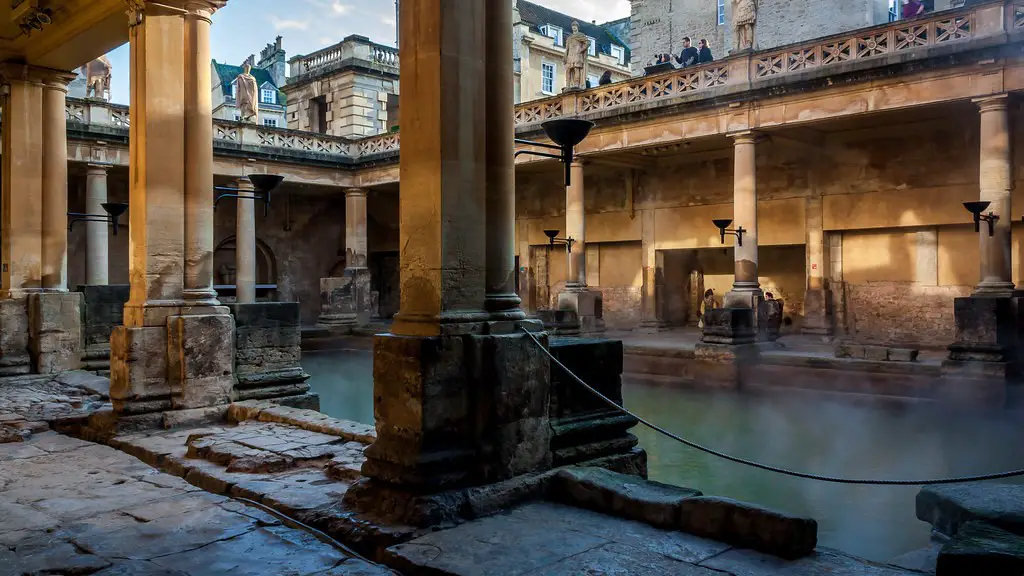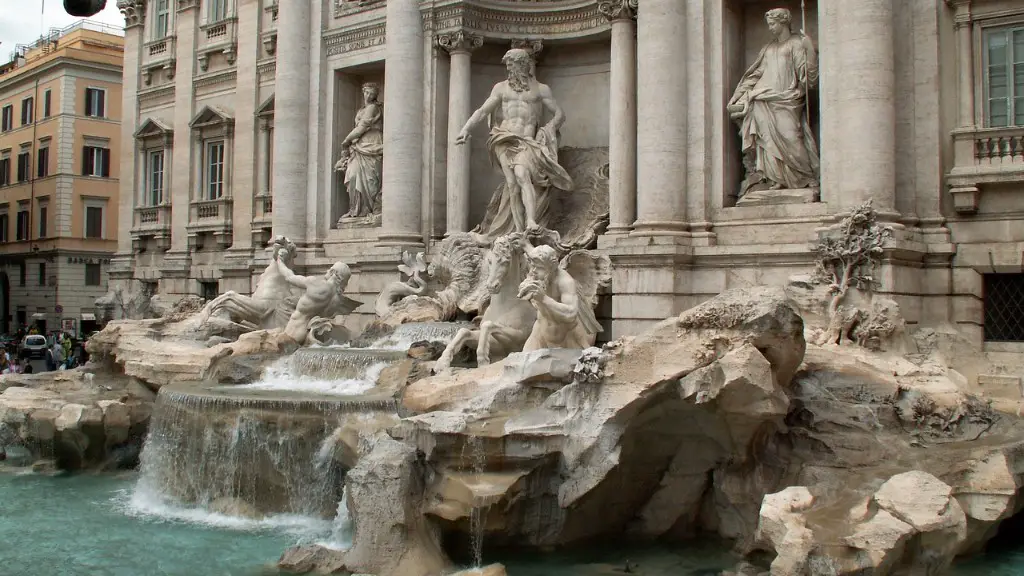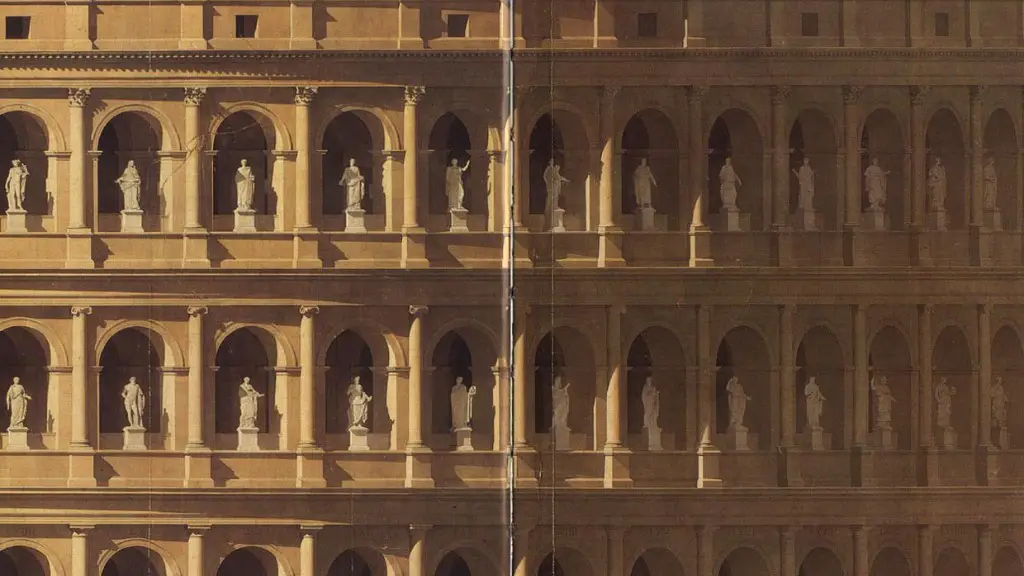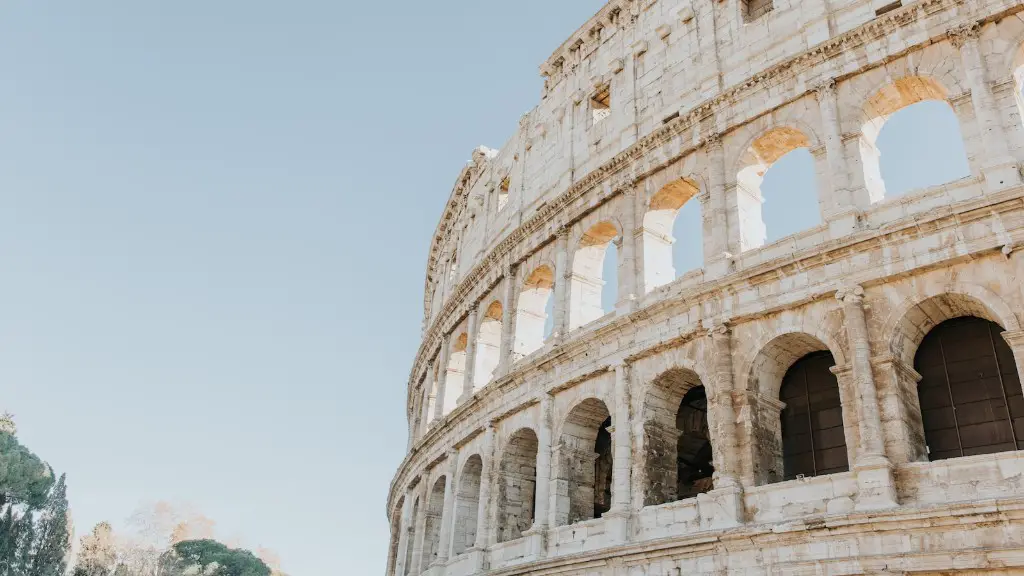The practice of gladiatorial bouts was a popular event in Ancient Rome with the spectacles being known as ‘munera’ in Latin. Munera were grand occasions in which members of the public would attend in order to watch two individuals fight to the death. This would often involve gladiators, although sometimes other people were used as well.
The roots of gladiatorial fighting can be traced back to the ancient Etruscans, as a part of the funeral rites for deceased warriors. The spectacles gradually grew in popularity and eventually spread to Ancient Rome. The Romans considered these bouts to be a highly ceremonial event and incorporated many different traditions to the events. Munera could involve people from all across the social spectrum of Ancient Rome, from the nobility from high-ranking Roman families to slaves forced into the combat. It is estimated that some of these events took place in front of crowds of over 50,000 people, making them some of the largest spectator events of the ancient world.
The munera saw many violent occurrences as the gladiators fought one another, often leading to deaths or injuries. This made the spectacles both exhilarating and horrifying for the Roman civilians. Over time, the munera became a favourite pastime for many of the common people, with people wagering large amounts of money on particular gladiators and cheering for their favourite participants. This phenomenon has been theorised that the munera were a way for people to act out their aggression towards one another without getting into direct physical conflict.
One of the most popular events at the munera was the Gladius Challenge. In this event, several different gladiators would take part by attempting to kill one another without being killed. This would often involve one-on-one bouts and sometimes multiple gladiators fighting at once. The winner of any bout would be the one who could survive and be victorious, with death being the ultimate punishment for the loser. This event would often result in highly bloody battles and would sometimes even end in deaths of both participants.
Gladiatorial fighting was seen as a barbaric event by many people and over time it became increasingly unpopular. Eventually, Roman Emperor Constantine abolished the event in 325 AD, citing the immorality of the bouts as the primary reason for the ban. Despite this ban, the munera still held a powerful influence over the Roman people and was seen as a symbol of Roman strength and courage.
Political Significance of Munera
The political significance of the munera should also not be overlooked, as it was seen as an important statement of power for powerful individuals. Roman Emperors, and other important political figures, would often attend the events to demonstrate their stature and power. These events could be used to showcase the accomplishments of their reign, with Emperors often hosting games in their honour or having their face placed on statues of victorious gladiators. In addition to this, munera were often used by politicians to gain popularity amongst the public, with large public spectacles often dazzling the crowd with their pageantry and grandeur.
The munera also had a religious significance in Ancient Rome with many of the events being tied to religious festivals or rituals. Gladiatorial bouts were often dedicated to a certain god or goddess, with these battles being seen as an offering just as much as an entertainment spectacle. This was especially true during the times of the Roman Republic, where religious devotion and participation was highly valued.
Controversy of Gladiatorial Bouts
Despite the popularity of gladiatorial fighting, there was also a strong sense of controversy surrounding it. Many people thought that the bouts were too dangerous for the participants and often resulted in people being killed or maimed for life. Furthermore, the spectacles could sometimes be seen as an act of cruelty and inhumanity, with the defeated gladiators not always being given a way to escape the fight. This led to many wealthy and influential people condemning the practice and Roman Emperor Constantine outlawing it in the 4th Century.
It should also be noted that there were laws put in place in order to protect the participants of the munera, as well as the spectators. For example, the gladiators were expected to adhere to an ethical code of honour and follow certain guidelines, such as not attacking a fallen opponent and not attacking women. In addition to this, the gladiators were usually well compensated for their participation and were often seen as celebrities in their own right, with many having their own fans and supporters.
Long Lasting Impact of Munera
The munera have had a lasting impact on the modern world, with the term ‘murderer’ itself having its roots in the Latin word for gladiator. Furthermore, the spectacle of gladiatorial fighting has been recreated in modern day culture in the form of films, television shows, video games and other forms of entertainment.
In addition to this, the practice of gladiatorial fighting has also informed various sports and forms of combat around the world. The concepts of honour, strength and courage which were established in the munera are still seen in modern day combat sports and many fighters still adhere to the codes of honour established by the gladiators of ancient Rome. The munera remain an integral part of Roman history, and in some ways, the mark it left on the world is still visible today.
Input of Gladiators In Roman Societal Upheaval
Gladiators sometimes engaged in battles so brutal that the spectacle was frowned upon even by the most ardent of Roman citizens. This raised awareness of their status in Roman society – slaves and individuals of the lower classes. They were thought to be lesser then their well-to-do counterparts and the evidence of their suffering and loss of life provided a window of their plight to the public.
In addition to this, gladiators sometimes used the munera as a platform to make a statement or appeal to their audience. This resulted in some cases of gladiators using their fights to protest Rome’s policies or the status quo, often leading to sizable shifts in the opinion of the people and influencing decision-makers on the rules of the city. As a result, the power of the gladiators as a symbol of societal upheaval cannot be underestimated.
Bouts such as these helped to propagate notions of power and self-expression that could only be accomplished through active engagement in the Roman arena. The struggles of gladiators in these scenarios were not just seen as physical, but also mental and emotional by many, as their actions and involvement in the fights seemed to show a degree of courage and resilience in the face of unimaginable adversity.
Romanticism Of Gladiators
In recent years, there has been a rise in the romanticisation of ancient warriors and gladiators by the media. This has seen gladiators being seen as a symbol of strength and power, which has in turn led to a rise in popularity of their portrayal in film and television. This has seen many different interpretations of who the gladiator is and what their lives were like in Ancient Rome.
More recently, there has been a surge in interest in historical re-enactment and living history, with many organisations and museums offering a glimpse into the life of a gladiator. This has provided a more authentic and hands-on understanding of gladiatorial combat, with many individuals being able to experience what it was like to fight in the munera.
Gladiators have also become a figure of admiration in the modern world, often being seen as a person to be looked up to for their courage and skill. This has led to a surge of interest in the practice, with many people attempting to replicate it in a more controlled, safe environment. This has also seen a rise in the popularity of Mixed Martial Arts, which has many elements similar to gladiatorial combat.
Commemoration of Gladiators
The victory of a gladiator was believed to be a celebrated event and was often commemorated by erecting statues and plaques in their honour. This was seen as a way to honour gladiators and pay homage to their courage and skill. It was also believed that by honouring the gladiators in this way, it would bring good fortune and success to a city or region.
In recent years, there have also been calls to properly recognise gladiators who fought and died in the munera. There have been campaigns to raise awareness of their contribution to Ancient Roman culture, even though they were often viewed as merely figures of entertainment in their time. There have also been movements to erect monuments in their honour, to ensure that they are remembered in the modern world.
Gladiatorial bouts have had an undeniable impact on the world, and in many ways, this can still be seen in modern society. Although the events of Ancient Rome may have been brutal and gory, they provide a vivid insight into a bygone era and can still be felt today. The influence of the munera can still be felt, with the legacy of the gladiators still making an impression on the modern world.




